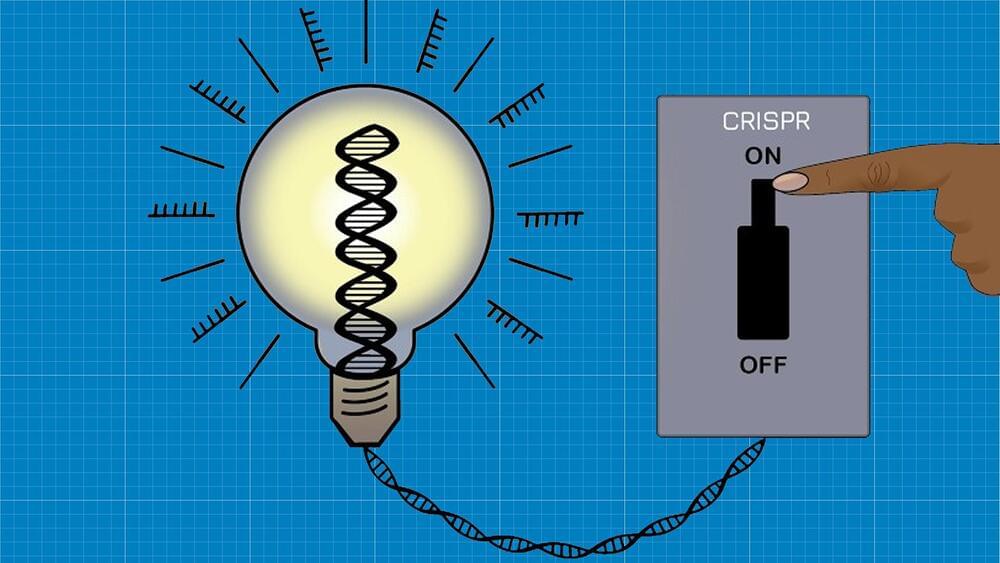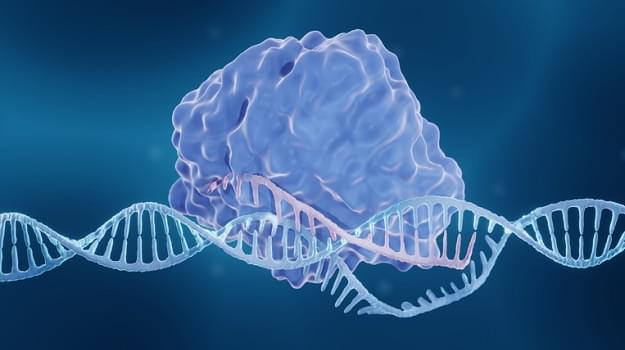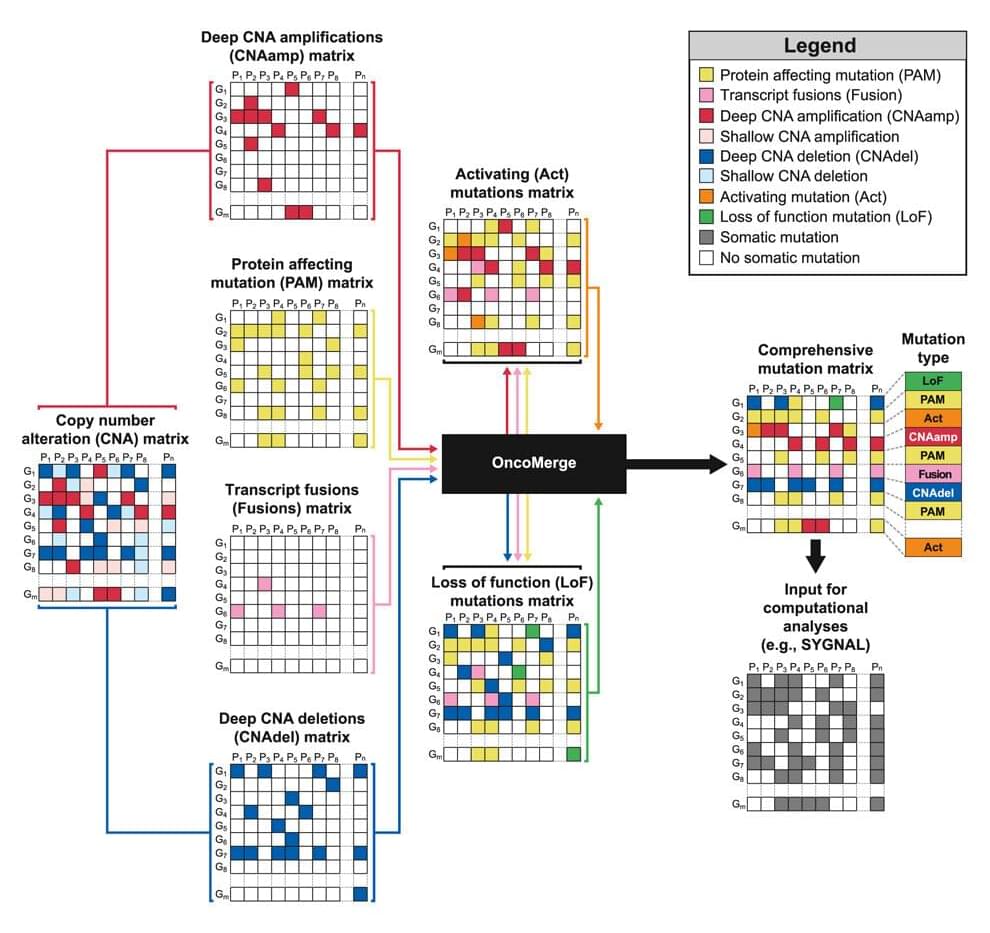Michael Levin’s 2019 paper “The Computational Boundary of a Self” is discussed. The main topics of conversation include Scale-Free Cognition, Surprise & Stress, and the Morphogenetic Field. Michael Levin is a scientist at Tufts University; his lab studies anatomical and behavioral decision-making at multiple scales of biological, artificial, and hybrid systems. He works at the intersection of developmental biology, artificial life, bioengineering, synthetic morphology, and cognitive science.
🚩The Computational Boundary of a Self: Developmental Bioelectricity Drives Multicellularity and Scale-Free Cognition (can read in browser or download as pdf)
https://www.frontiersin.org/articles/10.3389/fpsyg.2019.02688/full.
❶ Scale-Free Cognition.
3:05 Ultimate question of the embodied mind.
5:50 The most difficult interview to prepare for.
6:55 One of my favorite papers of all time (screenshare)
7:40 The Computational Boundary of a Self.
9:25 Defining intelligence (cybernetics)
10:30 Cognitive light cones.
16:50 All intelligence is collective intelligence.
17:35 Nested selves vs. one integrated self (Not Integrated Information Theory)
21:10 The same dynamics in the brain occur in every tissue of the body.
22:50 Why scale “free” cognition?
❷ Stress & Surprise.
27:22 Stress = Surprise?
30:30 Intelligence within a salamander example (homeostatic capability of collective intelligence)
33:35 The scale-free importance of stress.
37:30 Stress is an exported error signal.
40:45 Stress means your problem becomes everyone’s problem (cooperation without altruism)
42:25 Stress has no ownership metadata (gap junctions permit mind meld)
❸ The Morphogenetic Field.
49:00 About 99% of the Shannon information in a cell is in the membrane and transmembrane gradient (Bob Gatenby)
52:25 Shannon information doesn’t distinguish meaning… 55:53 Cancer cells have the wrong scope of “self” 1:01:17 Manipulating cells via retraining vs micromanaging 1:04:45 “Drugs and words have the same mechanisms of action”-Fabrizio Benedetti 1:07:10 Morphogenetic field of signals coordinating cell behavior, bioelectricity special layer (screenshare) 1:11:13 Harold Saxton Burr predicted this 100 years ago! 1:14:50 Connections to Zen Buddhism 1:18:18 Find more of Levin’s work 🚩Links to Levin 🚩 https://youtube.com/watch?v=YnObwxJZpZc&feature=share https://twitter.com/drmichaellevin https://www.drmichaellevin.org/ https://as.tufts.edu/biology/levin-lab Technological Approach to Mind Everywhere: An Experimentally-Grounded Framework for Understanding Diverse Bodies and Minds (2022) https://www.frontiersin.org/articles/.… Buddhism, and AI: Care as the Driver of Intelligence (2022) https://www.mdpi.com/1099-4300/24/5/710 Emergence of informative higher scales in biological systems: a computational toolkit for optimal prediction and control (2020) https://www.tandfonline.com/doi/full/.… 🚾 Works Cited Jeremy Quay (visual artist) at https://peregrinecr.com/ https://en.wikipedia.org/wiki/William… https://en.wikipedia.org/wiki/Harold_… There’s Plenty of Room Right Here: Biological Systems as Evolved, Overloaded, Multi-Scale Machines (Bongard & Levin 2023) https://www.mdpi.com/2313-7673/8/1/110 Bob Gatenby talk on “Information Dynamics in Living Systems” • Bob Gatenby talk…
🚨 Note.







